I bought it as a sort of polyphonic synth workhorse but after spending some quality time with it I must say it's way more than that!
Ok, It excels at vintage Roland-esque tones, but it would be an error to consider it as a one-trick pony or a generic-sounding device.
The highlights of course are the extensive modulation matrix and the included effects (internally modulatable). But envelope inversion e the possibility of setting curve per envelope stage are just wonderful!
The UI is well laid, and there is a bit of menu diving, but nothing too cumbersome.
As often noted, It's a bit limited in the oscillator department (the waveform choice is really really limited) but it doesn't seem a real problem to me, whit the effects and the massive modulation capabilities.
I have to add that it doesn't feel cheap at all, It's well build and I like the form factor (I have the desktop version).
I plan to use it in the studio, so I can't really comment on using it on stage.
The only shotcoming is, in my opinion, the filter resonance. It get nasty very quicky, hard to tame when you are past 70% of the fadr range.
All in al it's a nice device, capable of a wide range of tones, a real treat for sound designers. There are better polysynths, of course, but not at this price point. Kudos to Uli Behringer and the Midas team!



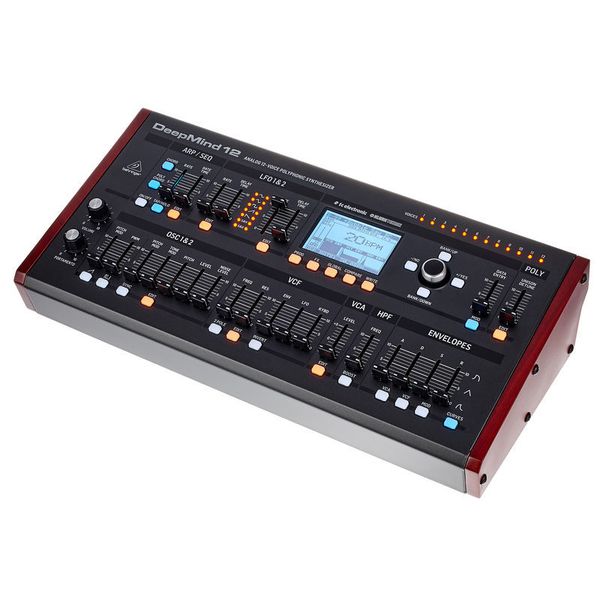
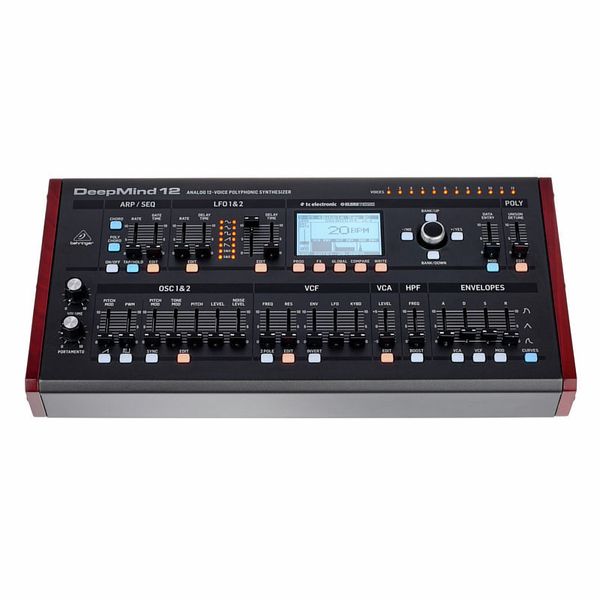
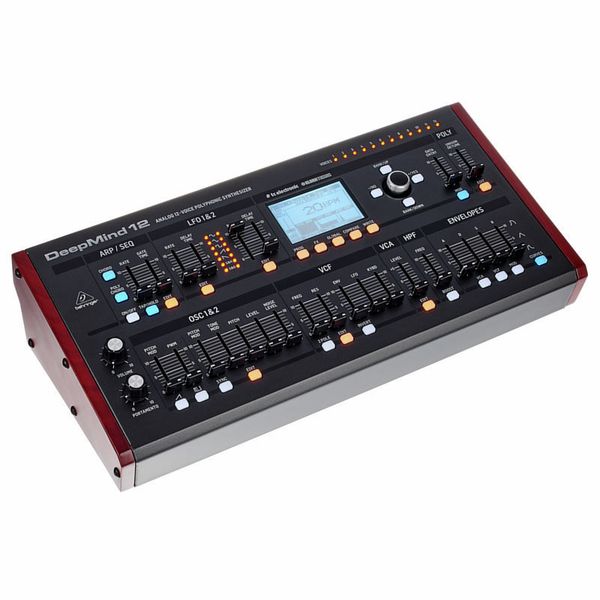
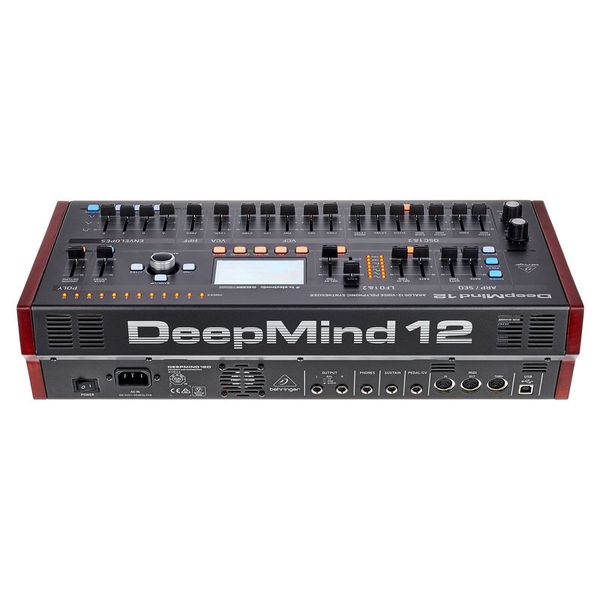

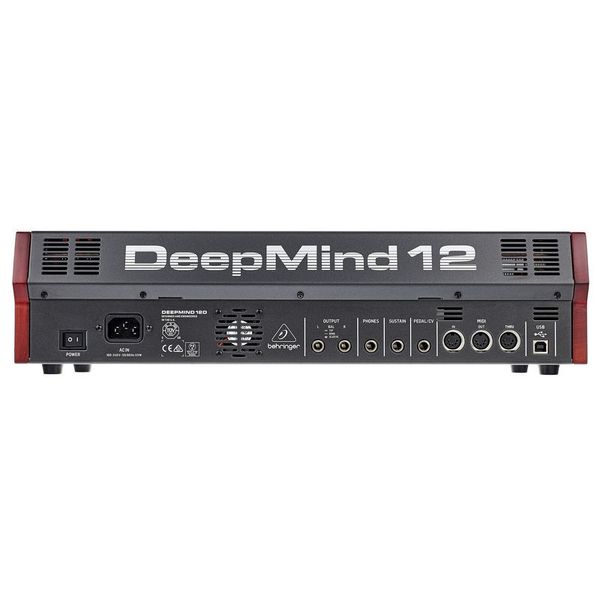
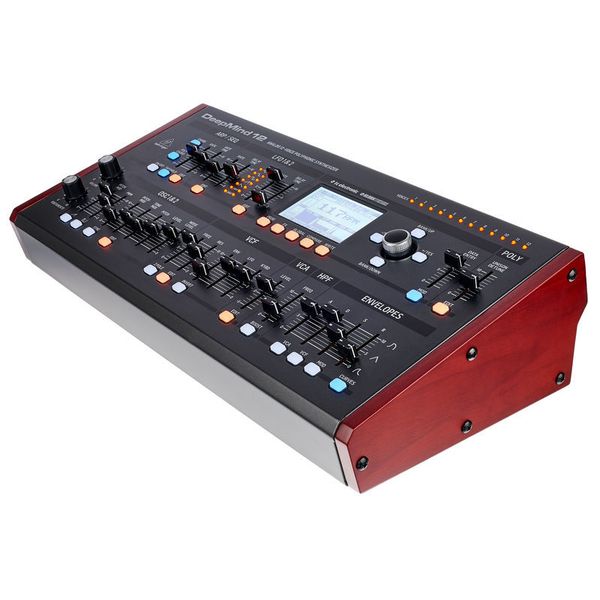
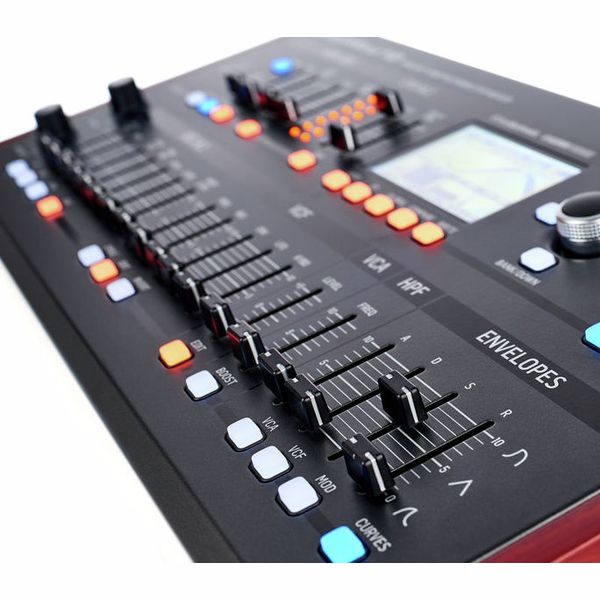
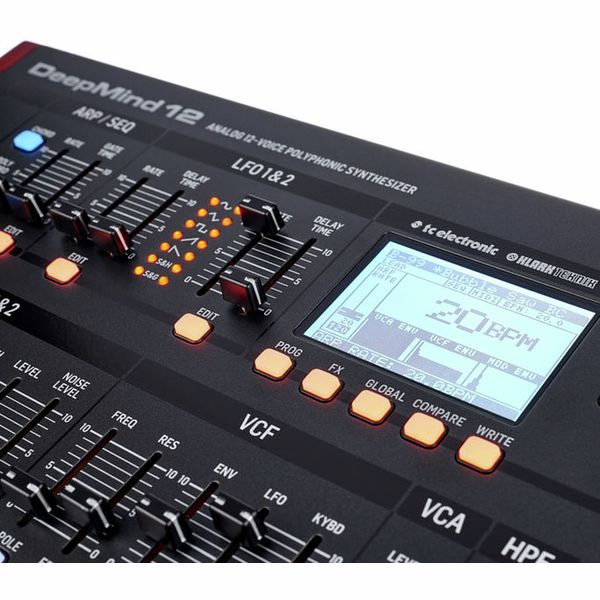
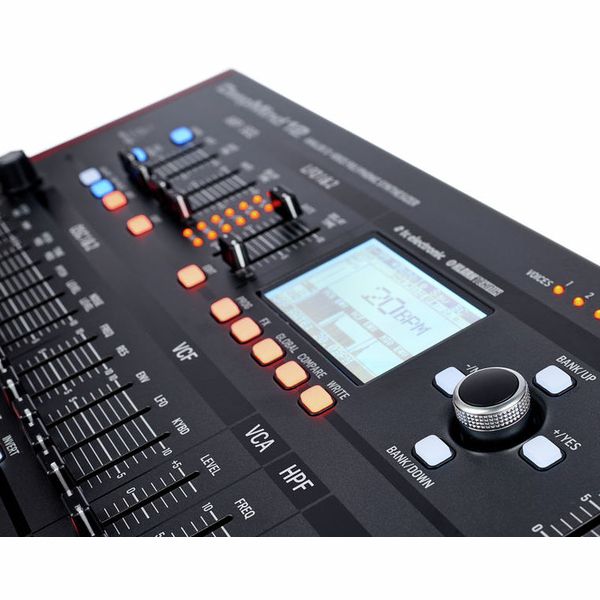
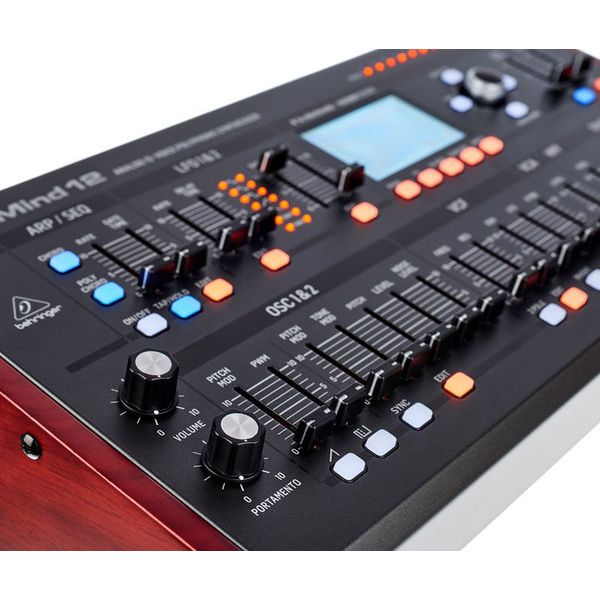
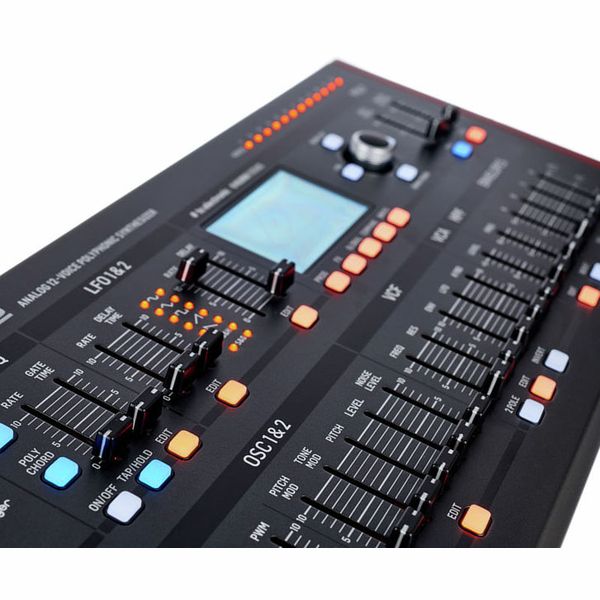
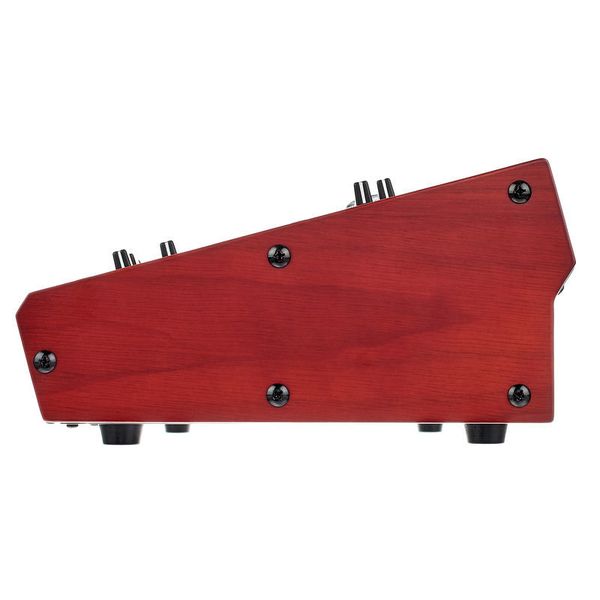
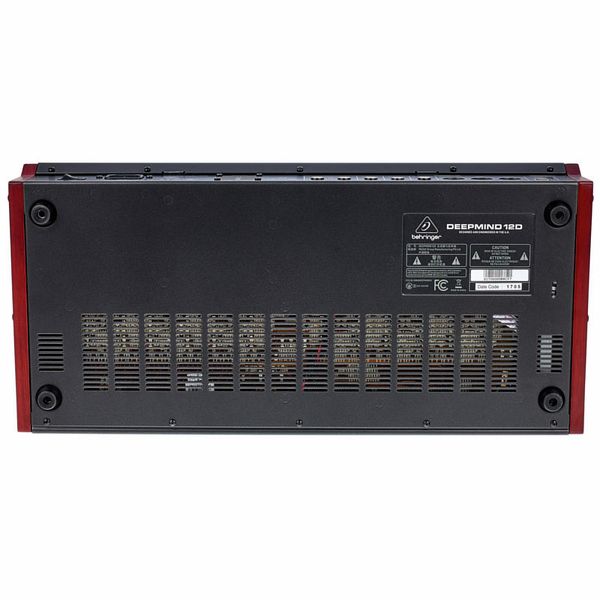
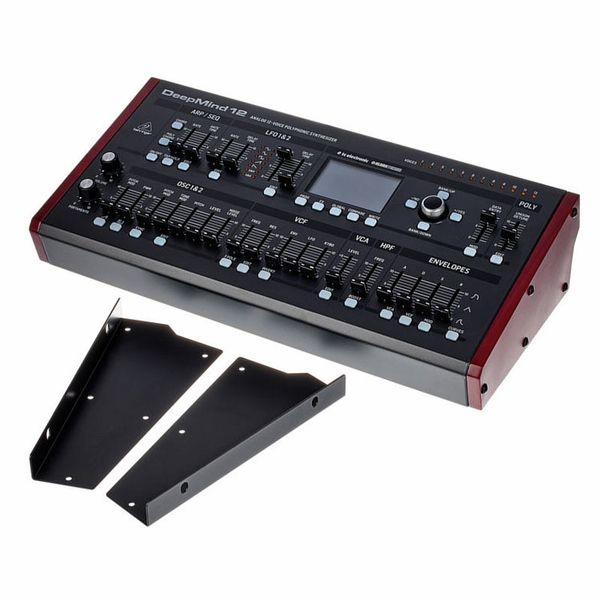

















)
)
)
)
